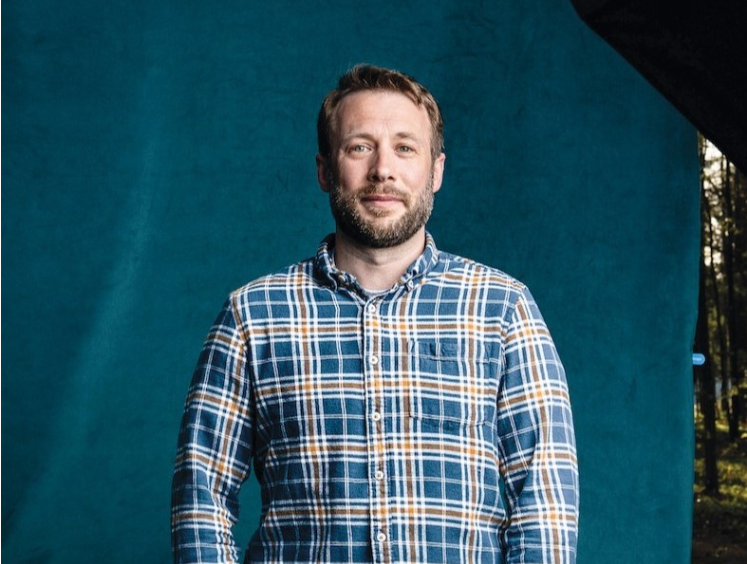The Opportunities and Challenges of Offshore Wind in 2021
By: Ibrahim Mohamed, Howard Pollard, and Eli Goldstein
We recently had the pleasure of interview of interviewing three professionals, each with different perspectives on the expeditious implementation of offshore wind. Joe Martens is Director of the NY Offshore Wind Alliance. He represents a coalition of organizations that seek to promote “responsible development of offshore wind power” in New York by achieving favorable policies. Ben Martens is Executive Director of the Maine Coast Fishermen’s Association. He represents the interests of small-boat fishermen off the coast of Maine – also – he is Joe Martens’ nephew. Janna Herndon is Project Manager of Offshore Wind at NYSERDA. She represents the perspective of the New York State Energy and Research Development Authority (NYSERDA).

Joe Martens was our first interview, and we learned many opportunities and challenges facing offshore wind development in 2021. Here are some key takeaways:
- Offshore wind is crucial for achieving carbon-free electricity by 2040 and net-zero emissions by 2050 – the state of New York’s stated goals. Offshore wind would make up nearly 30% of the state’s energy mix.
- Recent challenges included instability and obstruction at the federal level regarding offshore wind policy. This increased the difficulty for planning and approving offshore wind projects, and manufacturers feeling confident enough to produce the necessary parts.
- The Biden administration represents a bright opportunity to pass policies that will spur offshore wind development, stabilize the confidence and outlook of manufacturers and allow projects to move forward without uncertainty regarding the federal government.
- A major challenge will be developing projects quickly and effective enough to meet federal and state goals for offshore wind power by 2040.
Overall, Mr. Martens presented a promising and thoughtful outlook for offshore wind development in 2021 and the near-future.
Our next interview was with Ben Martens. We first heard about Ben when Joe Martens mentioned that he has a nephew who works with fishermen that often disagrees with him about offshore wind development. When he said this, I envisioned a conservative young outdoorsman. However, the reality couldn’t be further from my preconceived notion. We reached out to Ben in the interest of having an oppositional viewpoint among our three interviews. Ben quickly informed me that he was not a fisherman, but rather, represented their policy interests as Executive Director of the Maine Coast Fishermen’s Association. Ben turned out to be a young liberal who believes in climate change. He understands the importance of renewable energy, but has several critiques when it comes to offshore wind development and how it affects small-boat fishermen:
- Maine is developing an enormous floating offshore wind project that will make much of the coast unfishable for miles around the project. This project would be one of the only floating offshore wind projects in North America and it would be very unfavorable for local small boat fishermen that can’t fish as far off the coast as bigger boats. This represents an environmental justice issue.
- While small-boat fishermen’s livelihoods are impacted by offshore wind development, they are rarely given a seat at the table when projects are being planned. In Ben’s words, the only time they get a seat at the table is when “all the tableware is set and the meal’s already finished.” This means that fishermen might be reached out to once a project is approved and heading for implementation – this is when their word will have minimal impact.
- Ben recommends offshore wind developers seek out and allow stakeholder input in the early stages of projects, and consider all the impacts that will be made on all parties, including families that have relied on small-boat fishing for generations. Further, more than consideration, they should seek to minimize adverse ecological impact.
Ben presented a well-argued and informed oppositional viewpoint, which added nuance to this discussion on offshore wind development in 2021 and beyond.
For our final interview, we reached out to Janna Herndon, Project Manager of Offshore Wind at NYSERDA. Janna gave us a state perspective on offshore wind’s opportunities and challenges that we appreciated. She shared the following key challenges facing offshore wind development in 2021:
- Generating competition amongst offshore wind projects is challenging given the scarcity of projects. However, competition is important because it would be generate economic benefits for the state and its energy consumers.
- There is a large backlog of offshore wind plans awaiting approval, and this can make it difficult to decide whether or not to solicitate additional projects.
- Meeting mandated social justice goals, such as 40% of benefits going towards ‘disadvantaged people’ can be challenging to conceive and implement.
We’d like to extend our sincere thanks to Joe Martens, Ben Martens and Janna Herndon for their time and interest in explaining the state of offshore wind development in 2021. Each interviewee provided a unique perspective on the topic, with Joe Martens representing offshore wind advocates, Ben Martens representing small boat fishermen, and Janna Herndon representing state development. Through our discussions with each of them, it is evident that, while offshore wind has major expectations to meet, its prospects have never been brighter for achieving them. Policymakers at both the state and federal level seem to be providing a stable hand that can allow the industry to pursue the expeditious development required from offshore wind so that it is a crucial part of our energy mix in the near-future.


